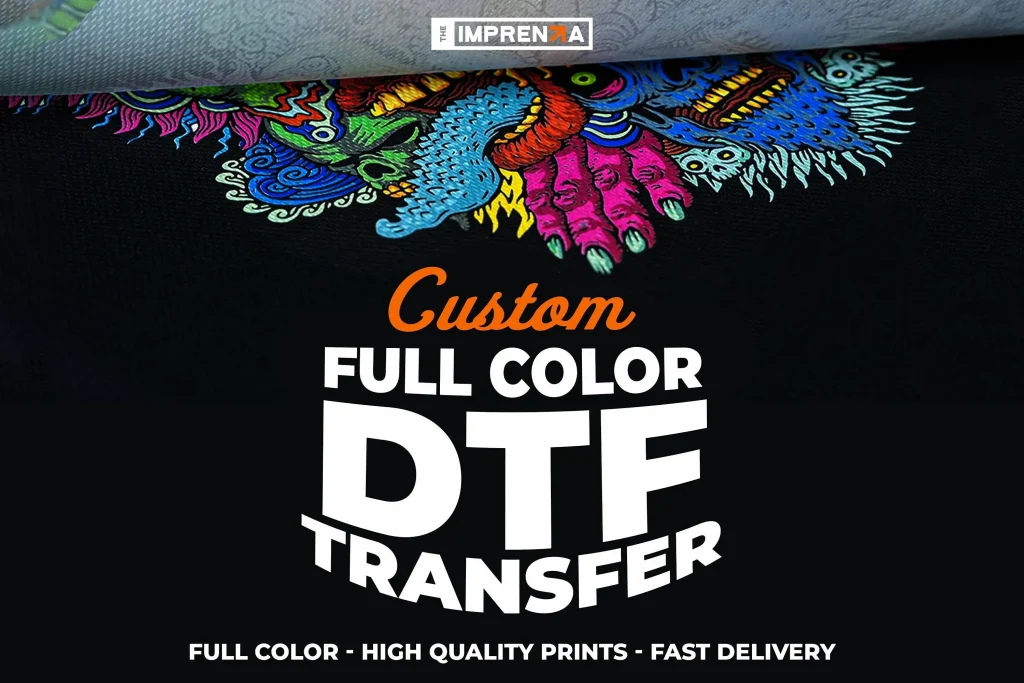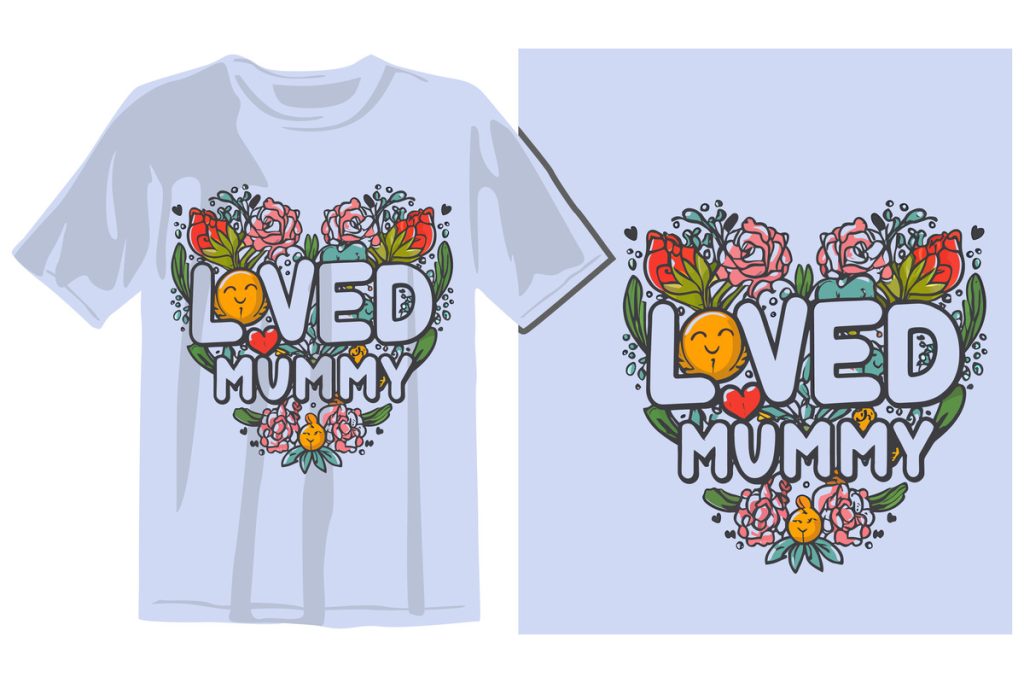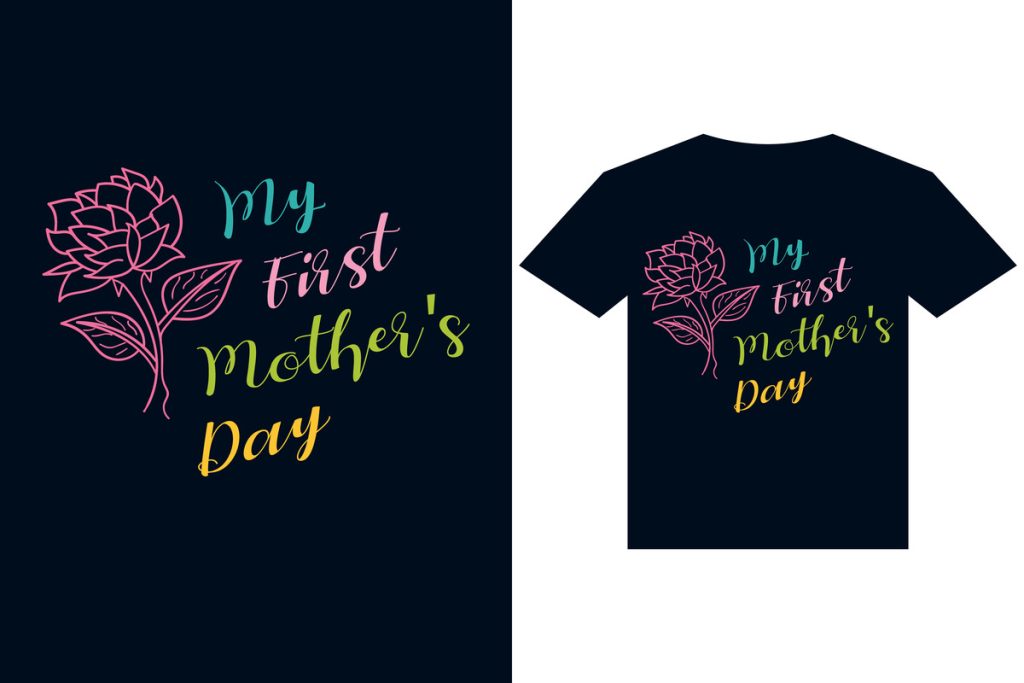DTF transfers, or direct-to-film transfers, are changing the landscape of the printing and apparel sectors with their innovative approach to transferring designs onto fabrics. This unique process allows for vibrant and detailed prints that adhere seamlessly to various textile materials, including cotton and polyester. In this article, we will explore the multitude of benefits offered by DTF printing, alongside potential drawbacks and effective strategies for success. With increased interest in DTF transfer technology, understanding the pros and cons, as well as best practices, is essential for businesses looking to capitalize on this modern printing method. Get ready to dive into everything you need to know about maximizing the potential of DTF transfers in your custom apparel projects.
In the realm of printing, direct-to-film solutions offer a cutting-edge alternative to traditional methods, leveraging advanced techniques to create striking fabric designs. These innovative transfer methods not only promise high-detail images but also boast impressive durability, making them suitable for diverse applications. By understanding the nuances of DTF print technology, including its advantages and challenges, businesses can effectively navigate the landscape of custom apparel production. This discussion will further highlight the necessity of adhering to best practices to optimize outcomes when using transfer methods within the industry. Join us as we unpack the intricacies of these modern printing solutions and how they can elevate your creative endeavors.
Understanding DTF Printing Technology
Direct-to-Film (DTF) printing technology is an innovative method that allows for the creation of vibrant and durable prints on various fabrics. At its core, DTF involves printing designs on a special film, which is then applied to the garment using a heat press. This technology stands apart from traditional printing methods due to its ability to deliver high-quality results, especially for intricate designs. With DTF printing, users can achieve intricate details and color vibrancy that are often difficult to replicate with other techniques like screen printing.
One of the hallmarks of DTF printing technology is its versatility; it can be used across a wide range of fabric types, including cotton, polyester, and synthetic blends. This flexibility makes it an ideal choice for both small-scale custom projects and larger commercial runs. As the industry continues to embrace DTF transfers, advancements in technology lead to better inks, improved curing processes, and sustainability solutions, further establishing DTF printing as a prominent method in the apparel printing landscape.
Pros of DTF Transfers for Custom Apparel
There are several notable advantages to using DTF transfers for custom apparel. First, the versatility of the DTF process allows for use on a wide array of materials, making it suitable for various products from t-shirts to jackets and beyond. This adaptability opens numerous opportunities for businesses, as they can cater to various customer needs and preferences without being constrained by fabric limitations.
Additionally, DTF transfers exhibit high detail and vibrant color reproduction, making them an excellent choice for complex artworks and logos. The technology captures intricate designs with stunning precision, something that many businesses find appealing. Furthermore, DTF prints offer outstanding durability, resisting fading and wear over time, which ensures that the final product maintains its quality, enhancing customer satisfaction.
Challenges and Drawbacks of DTF Printing
Despite the numerous benefits, several challenges accompany the DTF printing process that businesses must consider. One significant hurdle is the initial investment in DTF printing equipment, which can be substantial compared to other methods. This upfront cost can be a barrier to entry for new businesses or those operating on a tight budget. Moreover, potential users should also consider the ongoing costs of inks and films, which are necessary to keep operations running smoothly.
Another challenge revolves around the learning curve associated with mastering DTF transfers. While not excessively complicated, the process does require training and practice to ensure optimal results. Users must become familiar with the nuances of proper adhesion and curing to avoid common issues such as misprints or peeling. Investing time in learning the intricacies of DTF technology will help businesses avoid costly mistakes in production.
Best Practices for Effective DTF Transfers
For businesses aiming to successfully implement DTF transfers, adhering to best practices is crucial. First and foremost, the preparation of artwork plays a vital role in the printing process. Designers should ensure that all designs are high-resolution and properly formatted to avoid pixelation or distortion in the final product. High-quality artwork not only enhances the visual appeal of DTF prints but also contributes significantly to customer satisfaction.
Furthermore, conducting tests on different fabric swatches before full-scale production can help determine how well fabric reacts to DTF transfers. This preventive measure minimizes risks of failure during the actual production and helps enhance quality. Regular maintenance of DTF printing equipment also ensures consistent output quality, preventing variations that can adversely affect business reputation and customer trust.
Keeping Up with DTF Printing Trends
As the DTF printing industry continues to evolve, staying informed about the latest trends and developments is essential for businesses. New technologies, improved eco-friendly inks, and updated printing equipment can significantly enhance the efficiency and quality of DTF transfers. By keeping abreast of advancements in DTF technology, businesses can optimize their operations and deliver high-quality results that meet customer expectations.
Additionally, incorporating sustainability practices within the DTF printing process is becoming increasingly important. As consumer preferences shift towards eco-friendly products, businesses can leverage these trends by adopting the latest eco-solvent inks and sustainable practices in the production of DTF transfers. This proactive approach not only positions brands favorably in a competitive market but also aligns with the growing consumer demand for environmentally responsible products.
The Future Outlook for DTF Transfers in the Apparel Industry
The future of DTF transfers in the apparel industry looks promising, largely due to advancements in technology and growing consumer demands. As industries explore innovative ways to meet the needs of a dynamic marketplace, direct-to-film transfers emerge as a leader in providing high-quality custom apparel options. Businesses that embrace DTF printing will likely thrive by offering unique, vibrant designs that cater to various markets.
Moreover, as environmental concerns continue to become paramount, DTF transfers that utilize eco-friendly techniques and inks will also appeal to a broader audience. The industry’s shift towards sustainable practices reflects a commitment to reducing the ecological footprint, coupled with the ability to produce high-quality products. As a result, businesses that integrate sustainable methods into their DTF printing processes can expect to gain a competitive edge in the years to come.
Frequently Asked Questions
What are DTF Transfers and how do they work?
DTF Transfers, or Direct-to-Film transfers, involve printing designs onto a specialized film that is later applied to fabric using heat. This process allows for detailed and vibrant designs on various materials, making it versatile for apparel production.
What are the pros and cons of DTF printing compared to other printing methods?
The pros of DTF printing include its versatility on different fabric types, high detail in prints, durability, and cost-effectiveness for small runs. On the downside, initial equipment costs can be high, there is a learning curve involved, and improper adhesive application may lead to issues like peeling.
What are the best practices for successful DTF printing?
To ensure successful DTF printing, follow best practices such as preparing high-resolution artwork, testing materials for compatibility, maintaining your equipment regularly, implementing quality control checks, and staying informed about advancements in DTF technology.
How does DTF transfer technology compare to screen printing?
DTF transfer technology generally offers more flexibility than screen printing, particularly for small batch orders. It enables intricate designs and fast turnaround times while reducing setup costs, making it ideal for custom apparel.
What types of fabrics are suitable for DTF transfers?
DTF transfers can be applied to a wide range of fabrics, including cotton, polyester, and blends. This versatility makes them a popular choice for various apparel types, from t-shirts to jackets.
What should I consider before investing in a DTF printing setup?
Before investing in a DTF printing setup, consider the initial equipment costs, the learning curve associated with mastering the technique, and the potential for return on investment based on your target market and production needs.
| Key Points | Details |
|---|---|
| What are DTF Transfers? | A printing method where designs are transferred from a special film to fabric, producing durable and high-quality prints on various materials. |
| Pros of DTF Transfers | 1. Versatility – Works on many fabric types. 2. High Detail – Captures intricate designs well. 3. Durability – Excellent washability and fade resistance. 4. Cost-Effective for Small Runs – Economical for low-volume print orders. |
| Cons of DTF Transfers | 1. Equipment Costs – High initial investment. 2. Learning Curve – Requires training to master. 3. Adhesive Issues – Improper application can lead to problems. |
| Best Practices for Success | 1. Proper Artwork Preparation – Use high-resolution images. 2. Testing Materials – Test fabrics for compatibility. 3. Equipment Maintenance – Regularly maintain printers and curing equipment. 4. Quality Control – Check prints before shipment. 5. Stay Updated with Technology – Incorporate advancements and eco-solvent inks. |
| Future of DTF Transfers | Continuous technological advancements are improving quality and sustainability, leading to exciting developments in the DTF printing landscape. |
Summary
DTF Transfers have emerged as a transformative method for businesses in the printing and apparel industry, revolutionizing how vibrant designs are applied to fabric. With their versatility across different substrates, DTF transfers not only provide high-quality prints but also ensure durability that withstands the test of time. By adhering to best practices and keeping up with technological advancements, businesses can harness the full potential of DTF transfers to enhance their product offerings and remain competitive in the market.



